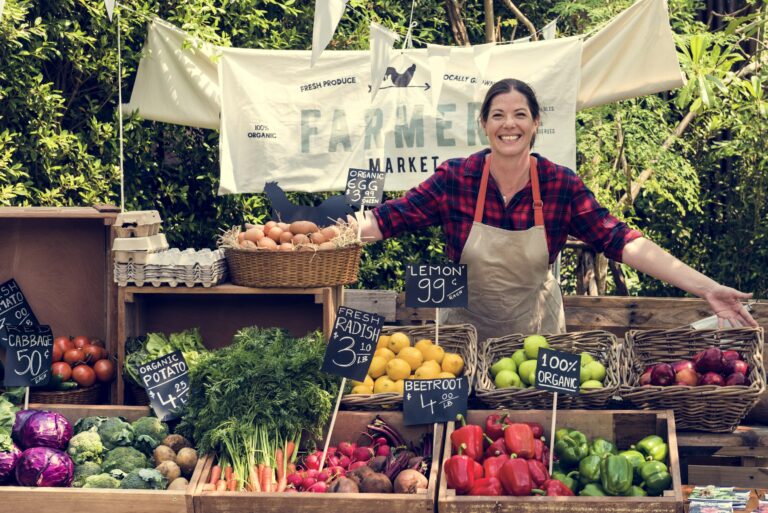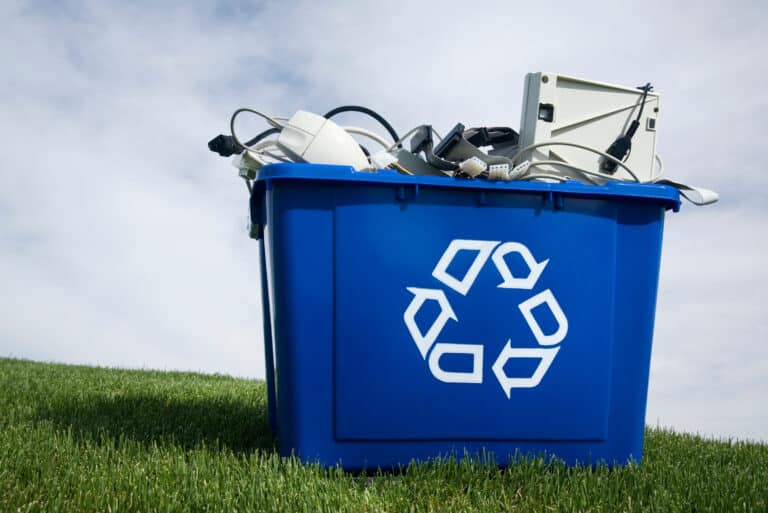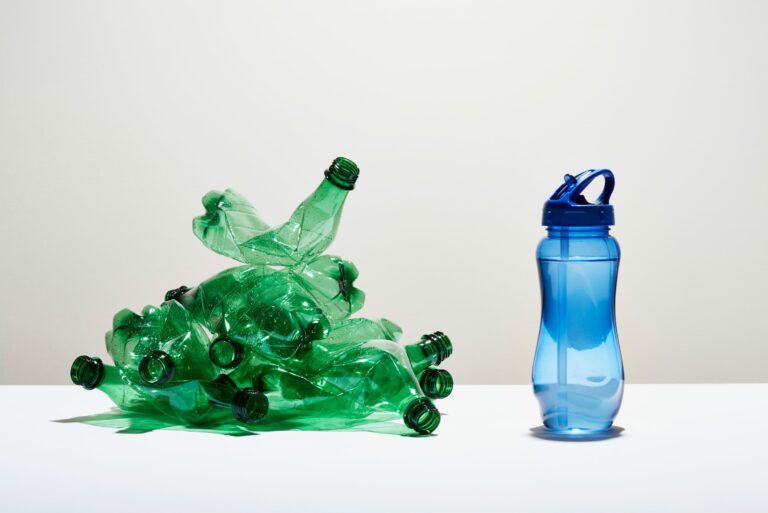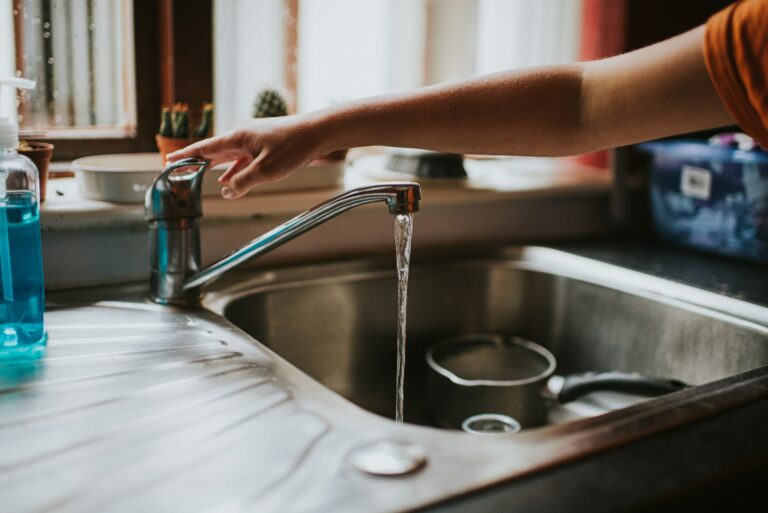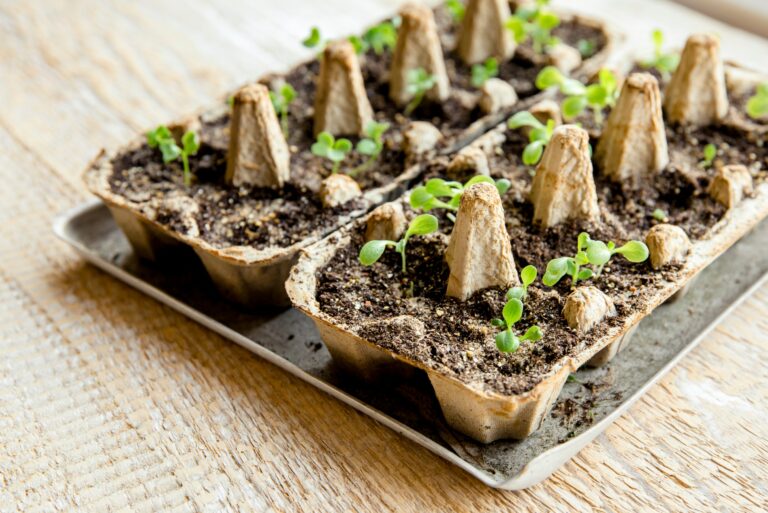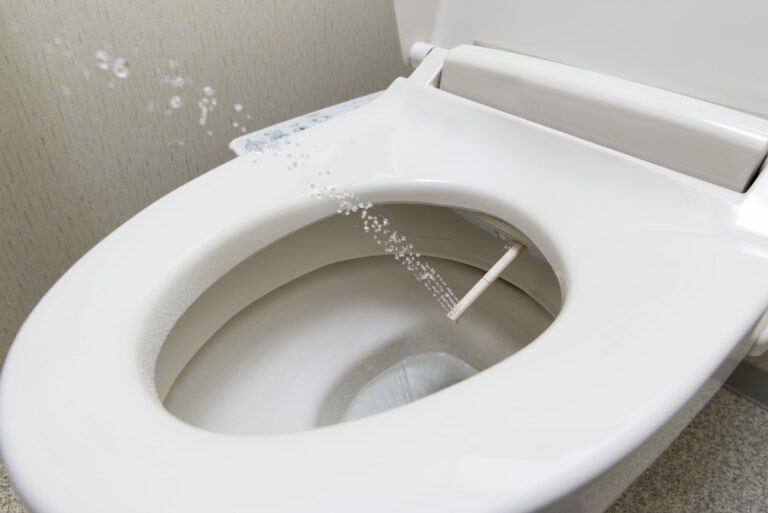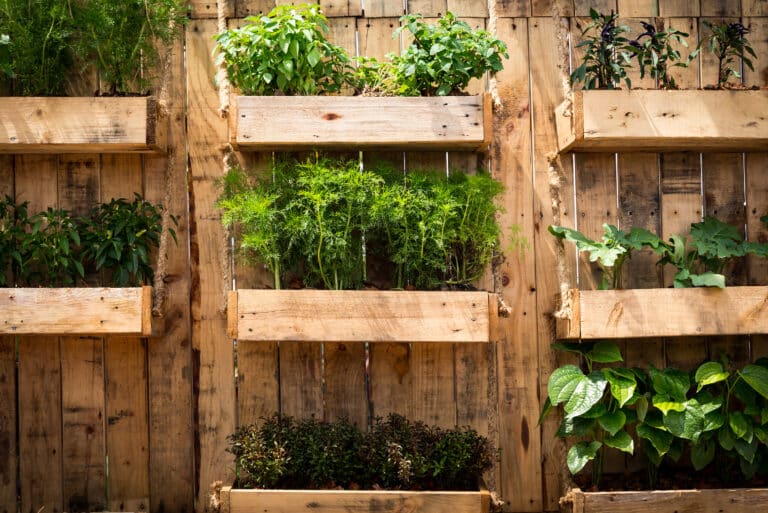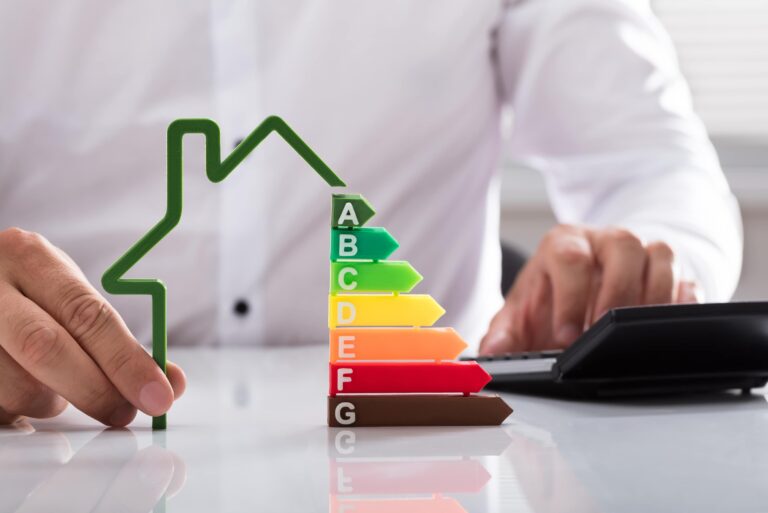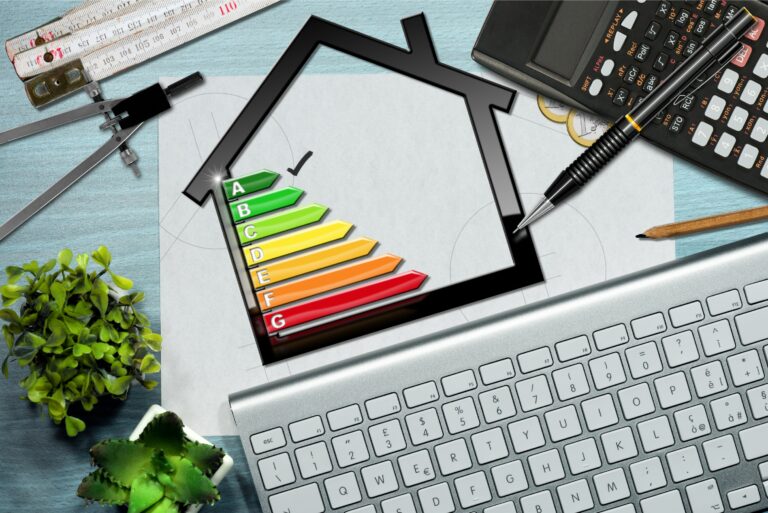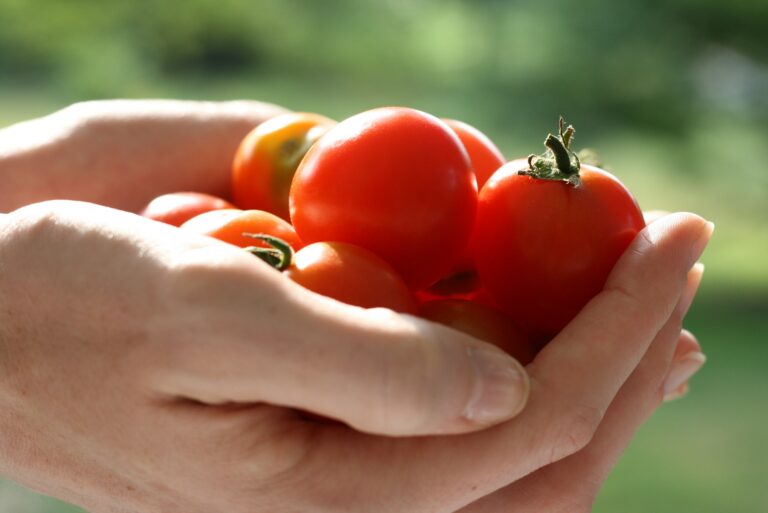Green
12 articles
A focus on eco-friendly products or sustainable business practices can help your small business stand out from the competition. By making your business eco-friendly, you can make good money and help the earth — a win-win. Here are some green small-business ideas and opportunities to consider.
It can be tricky to dispose of old electronics since they contain toxic substances. But you can get paid for recycling them. Even nonworking devices are eligible thanks to elements like copper and silver, which means you can score cash, discounts, coupons, and gift cards from these companies.
You’d never throw money straight into a trash can. But if you’re like most people, you probably spend money every day on things that end up in the trash. You can ditch these disposable products by replacing them with reusable goods that do the same job for less money.
By trimming your household water use, you can cut your water bill to keep more money in your pocket and possibly help fend off the next drought in your area. And in many cases, it takes only a few simple changes to save the planet and your dollars at the same time.
We live in a throwaway society. All this waste is costly, both for us and for the environment. Whenever you choose to reuse, you’re making your life greener and cheaper at the same time. And there are many ways to trim both household waste and your personal budget.
A bidet isn’t merely a novel way to clean your behind. Over time, it’s a potentially potent money-saving tool that can dramatically reduce or eliminate what you spend on toilet paper. These options can help you save money on household hygiene using a bidet attachment instead of TP.
Minor efficiency upgrades are a fast, easy, and effective way to save money on utilities. But they don’t permanently improve your home’s ability to retain warm or cool air. Fortunately, these government tax credits and incentives can offset the cost of residential green energy projects.
A home produce garden can have many benefits for your health and wallet. It offers a chance to save money on groceries while enjoying homegrown flavor and freshness. But the cost, space, and time requirements of gardening turn off some people. Fortunately, each of these problems has a solution.
Energy costs can really impact household budgets, but a home energy audit can lower your monthly bill. Doing a DIY audit is easy, or you can hire a professional to do it for you. Find out how to do your own home energy audit, how to save on a professional audit, and which you should choose.
Home utility costs quietly eat into most of our monthly budgets, and using a home energy audit to help reduce your energy usage is great for both your wallet and the environment. Learn how to act on the findings of a home energy audit, how much the fixes could cost, and your potential savings.
It’s official: Our planet is hotter than humans have ever seen it before. In August 2019, The New York Times reported the previous July was the hottest month on record, and the hottest five years in history had all occurred since 2014. And this growing heat is bringing a host of other extreme weather along with
My longtime girlfriend and I recently took a brief break from our busy lives to tie the knot. The whole experience was unforgettable, but one of the highlights was the amazing outpouring of generosity from our friends and family members, many of whom we hadn’t always been good about keeping in touch with. We got all
